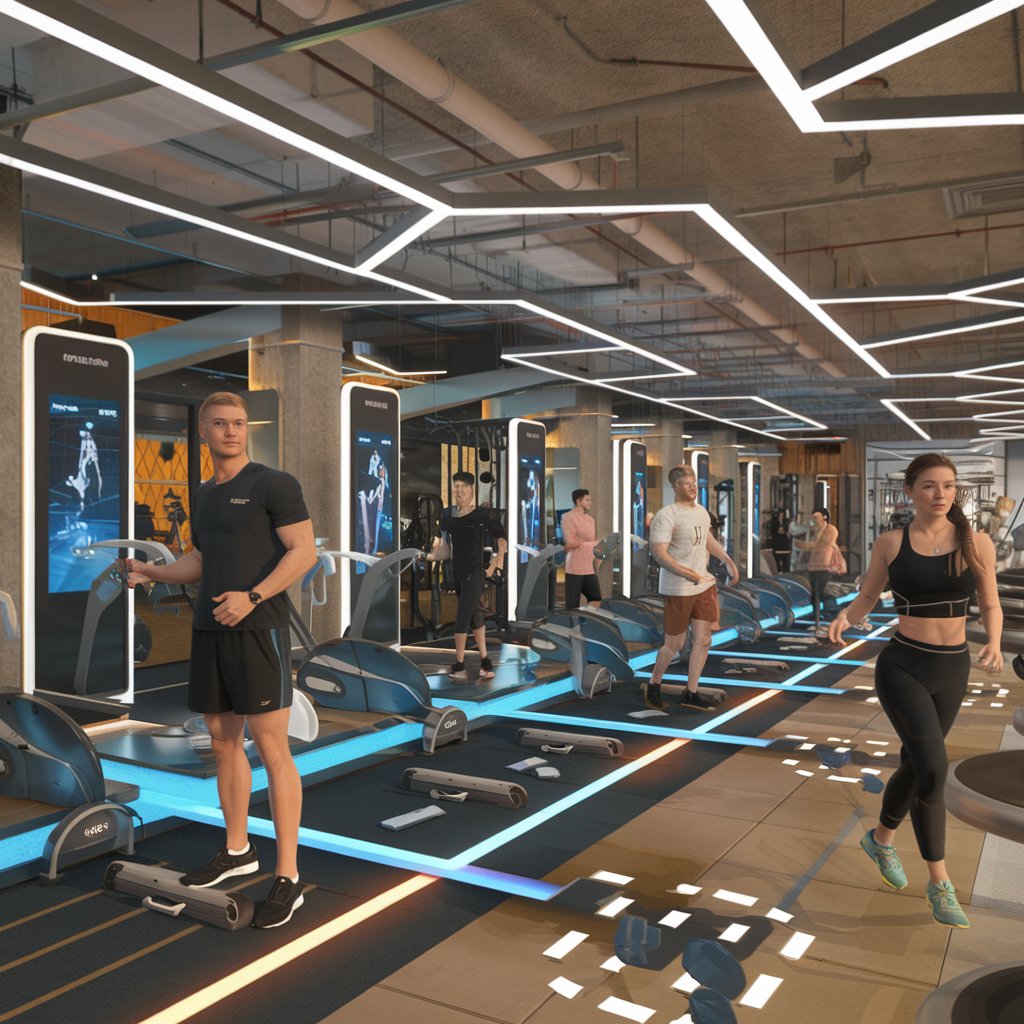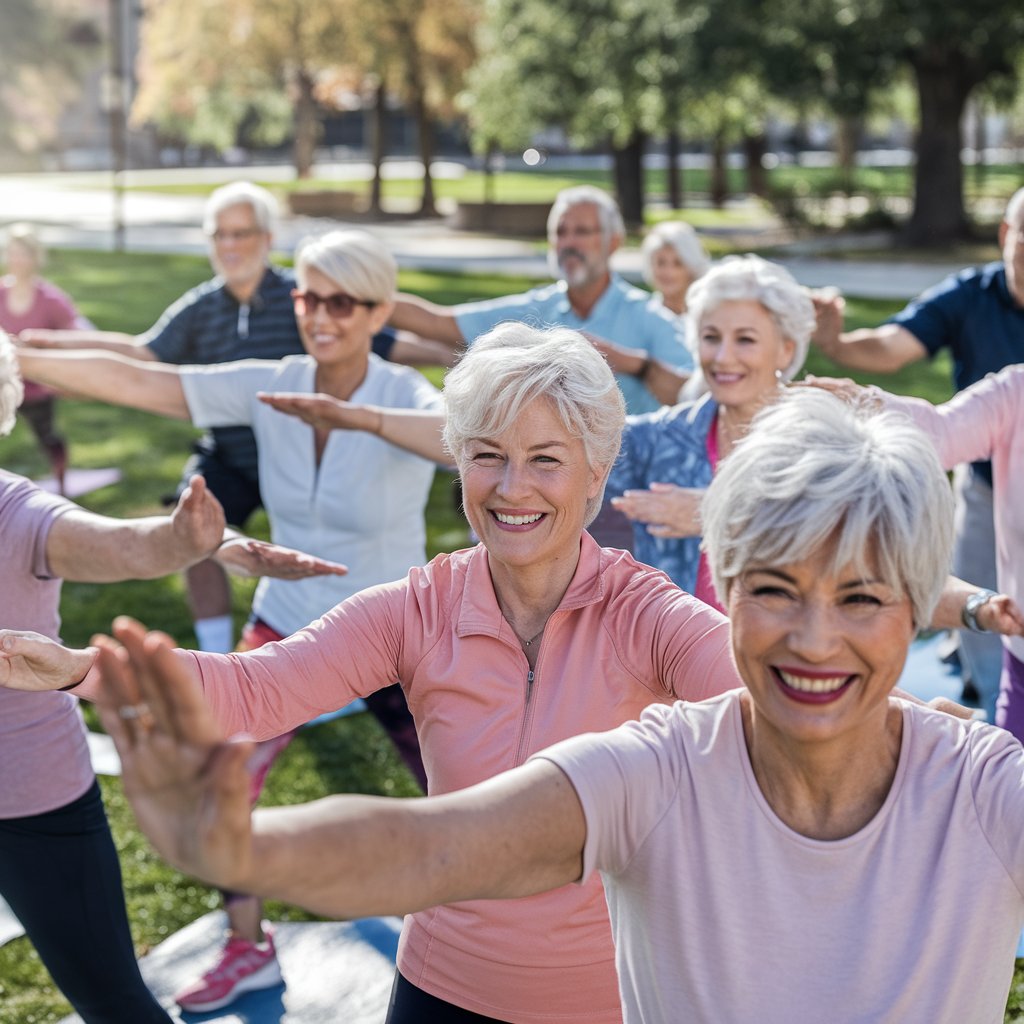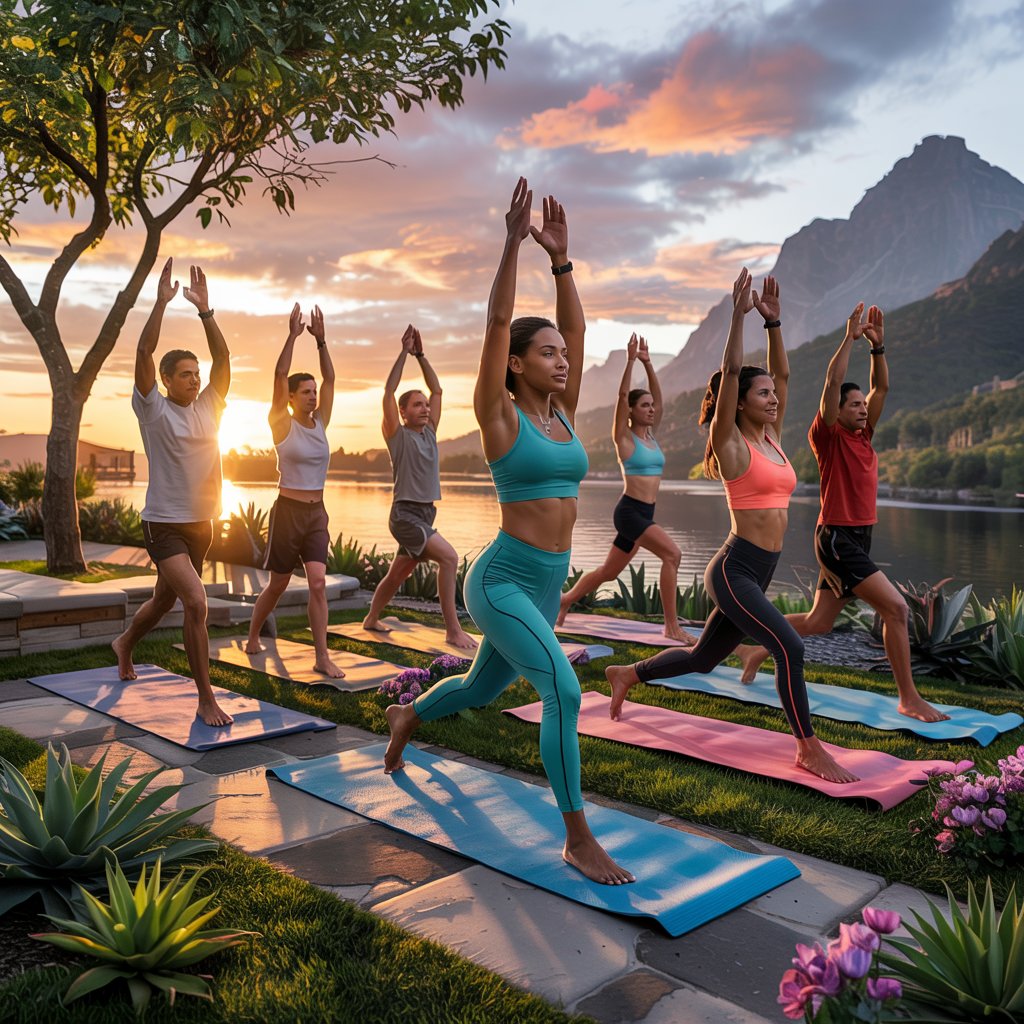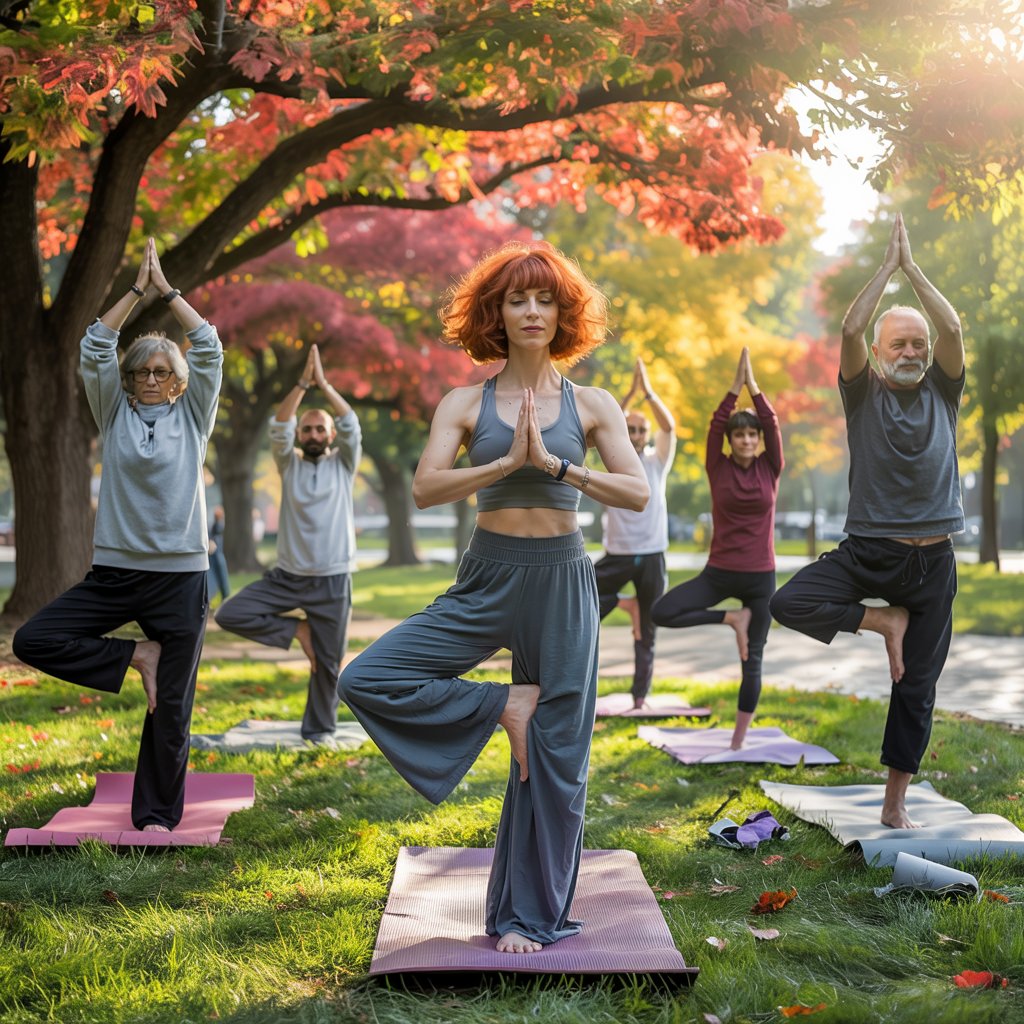
Revitalize: Exercise Routines for Vibrant Aging
Aging gracefully is not merely about lengthening your life but improving its quality along the way. Customizing exercise routines to optimize aging plays a vital role in this journey. By honing in on flexibility, strength, and endurance, you can actively maintain your vitality and health. Our insights, grounded in science, provide a roadmap to a thriving life ahead.
The Science of Aging and Exercise
Delving into the links between aging and exercise means understanding how staying active can offset the body’s natural changes over time. As we get older, our metabolism tends to slow, muscle mass can decline, and bone density often takes a hit. However, exercise stands as a robust ally in combating these shifts.
Exercise fuels the body to keep muscle mass and bone density intact, crucial for preventing injuries and staying independent as the years pile on. Regular activity also increases endorphin levels, boosting mood and mental sharpness. Research consistently highlights how exercise can help manage chronic issues like heart disease and diabetes, contributing significantly to a lively aging process.
Cardio exercises foster positive changes in the heart and blood vessels, slashing cardiovascular risks. Strength exercises encourage muscle fibers to grow, cutting the risk of osteoporosis. Additionally, exercises that emphasize flexibility and balance boost joint range of motion and help stave off falls.
For older adults, understanding how exercise fits into a sustainable routine is crucial. Tailoring fitness habits to accommodate individual needs and capabilities is key. To uncover more about functional exercises for older adults that enhance daily living, seamlessly integrate this knowledge into your lifestyle.
Crafting a Balanced Fitness Routine
As we age, creating a well-rounded fitness regimen becomes essential for staying healthy and full of life. A well-thought-out program will include strength, cardiovascular, flexibility, and balance exercises, which together foster longevity and enhance life quality.
Start with strength training, which is vital for preserving muscle mass and metabolism. Simple exercises using body weight or resistance bands can be highly effective. Activities like squats, lunges, and push-ups work wonders for building strength and minimizing muscle loss.
Cardio workouts are crucial for heart health and stamina. Walking, biking, or swimming can raise your heart rate and boost endurance. Try to engage in at least 150 minutes of moderate-intensity aerobic exercise each week for cardiovascular benefits.
Though often overlooked, flexibility is crucial for keeping joints limber and minimizing injury risk. Introduce yoga or Pilates into your routine, targeting major muscle groups to boost your range of motion.
Balance exercises become crucial as we age to prevent falls. Simple practices, like standing on one leg or trying tai chi, can greatly improve stability.
A routine that blends these elements will support not only physical health but also mental sharpness and mood. This is well-aligned with the role of exercise in mental health, where such activities greatly contribute to cognitive clarity and emotional well-being. Embrace a variety of exercises to maintain fitness and vibrancy over the years.
Strength in Motion: Building Muscle Health
Strength in Motion: Building Muscle Health
Building and keeping muscle health intact is essential for aging vibrantly. Strength training is a cornerstone of longevity, supporting bone density, enhancing metabolic rate, and improving overall life quality. Resistance exercises are crucial for maintaining muscle mass, which often declines with age.
Include compound movements in your routine to maximize muscle engagement. Exercises such as squats, lunges, and push-ups offer tremendous benefits, improving coordination and cardiovascular efficiency. Gradually upping the weight or resistance, known as progressive overload, is key for stimulating muscle growth. For more insights, explore the scientific benefits of progressive overload.
Consistency is key. Aim for a minimum of two to three strength sessions per week for lasting effects. Ensure your workouts are safe and effective by focusing on proper form and technique. Listening to your body cues is important to avoid injury. Remember, muscle health is a lifelong journey.
Staying Flexible and Balanced
As we age, flexibility and balance become cornerstones of a lively life. These elements not only prevent injuries but also enhance mobility, making daily activities enjoyable and less of a struggle. Flexibility may wane as muscles can stiffen, but incorporating stretches in your routine can counter this change. Opt for gentle yoga or dynamic stretches to improve joint range and muscle flexibility.
Balance relies on both physical and neurological aspects. As we age, balance might falter, emphasizing the need for exercises that target stability. Opt for tai chi or balance-centered strength workouts to maintain coordination. These practices ensure you can boldly move through daily life.
Improving balance and flexibility also boosts mental well-being. Movement becomes more fluid, fostering a sense of freedom, which is key to staying active as you age. This aligns with functional exercise routines that support daily activities.
Boosting flexibility and balance is an investment in yourself, just as strength training bolsters muscle health. Whether through structured exercises or simple, enjoyable movements, keep your body in optimal shape.
Monitoring Progress and Adjustments
Keeping track of your fitness progress is critical for vibrant health as you age. As our bodies change, so should our exercise strategies. Effective strategies demand regular evaluations and tweaks to ensure goal achievement and avoid injury.
Keep an eye on key metrics like energy levels, strength gains, and endurance improvements. Pay attention to how your body feels during and post-workout, and be mindful of any ongoing soreness or fatigue. This awareness helps pinpoint when adjustments are due.
Sometimes, a tweak might be just changing the frequency, intensity, or type of exercise you’re doing. Incorporate functional exercises to improve daily movements. Explore balance and flexibility progressions that adapt to your emerging capabilities.
Set goals that are both realistic and adaptable. Knowing when to ease up, push forward, or change direction keeps your routine safe and effective. Revisit and refine your plans regularly as your body evolves and improves.
Wearable fitness trackers and apps offer valuable insights, enabling data-based decisions. For more guidance, check out ways to debunk fitness testing myths. Regular assessments and smart tweaks keep you on track, ensuring health and vitality well into your golden years.






